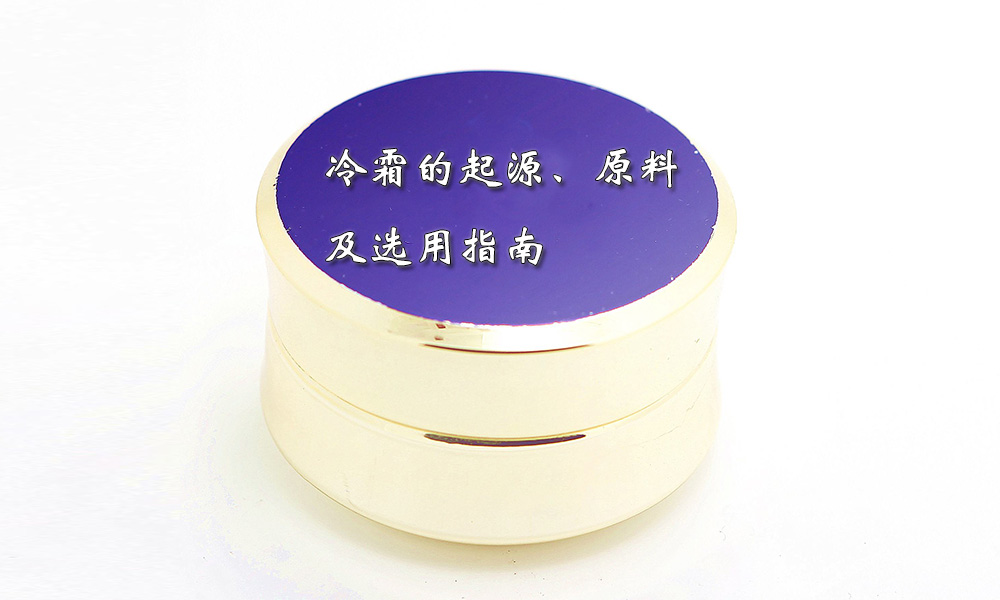
Cold cream is also called balm or skin cream, mostly water-in-oil type Emulsion, high-quality cold cream has a smooth and shiny appearance, no separation of oil or water, no shrinkage, no streaks, moderate consistency, and easy application.
1. The origin of cold frost:
We first want to thank a person – the Roman doctor Galen. It is said that he was the first to make the first bottle in 1618 using 1 part beeswax, 4 parts olive oil (later replaced by sweet almond oil) and part rose water (essential oil). Cold frost. Of course, it wasn’t called that name at that time. Due to the limitations of the conditions at the time, the cream produced was not stable enough, and water would often separate when applied to the skin. The water evaporates and absorbs heat, making the skin feel cool, hence the name cold cream.
As early as the 1900s, a cold cream brand teamed up with environmental experts at the time to predict that dust, coal and other harmful elements in the air were causing your skin to change. The culprit’s slogan is revealed and the solution is thoughtfully given: use cold frost to keep the dirt out. At that time, most people probably only had the habit of skin care during the day. In order to increase usage and stimulate consumption (we guessed), the brand also promoted the concept of “let the cold cream continue to protect your skin at night”. Now, the effect should be very good. Later, as makeup became more and more popular, smart advertisers came up with the new idea that water and soap could not completely clean cosmetics, successfully ingraining the concept of “cold cream cleansing” into people’s minds.
2. Basic raw materials of cold cream:
The basic raw materials of cold cream are beeswax, white oil, moisture, borax, spices and preservatives. According to the supply of white oil, white oil can be used as the basic oily substance in cosmetics to form an oil film on the skin, which can make the human body feel smooth. It can also block the evaporation of skin moisture and provide moisturizing effect.
However, some vegetable oil is often used instead of white oil in cold creams. Although the color of cold creams made with vegetable oil is generally not as good as that made with white oil. The cold cream is whitening, but considering the skin absorption, it is more advantageous to use some vegetable oil. In particular, white oil containing a lot of n-alkanes is not suitable for making cold cream. Because it forms an obstructive and airtight film on the skin, white oil with a high isoparaffin content should be selected to make cold cream.
3. When choosing cold cream, you should pay attention to the following points:
1. When selecting cold cream, first touch the surface of the box with your hands to see if there is a greasy feeling. If there is a greasy feeling, it means there is oil leakage and it is contraindicated to use.
2. The selected cold cream should have a delicate paste, moderate hardness and softness, and is easy to apply. If the paste becomes thicker or thinner, it means Poor quality, contraindicated use.
3. Cold cream has a pure and elegant fragrance and a clean color. Do not use it if there is an odor or the color is dirty.
4. High-quality cold cream should have no oil-water separation. If oil-water separation occurs, it indicates that the emulsion has been destroyed and its use is contraindicated.
Finally, due to the different regions where cold cream is used, the product formulas should also be different. Cold creams used in areas with higher temperatures should be thicker, while cold creams used in colder areas should be softer. Cold creams used for moisturizing and massaging should be thicker than cleansing creams used to clean the skin.

 微信扫一扫打赏
微信扫一扫打赏

